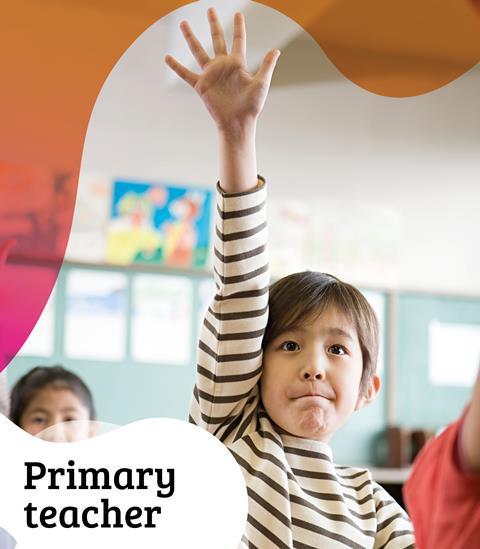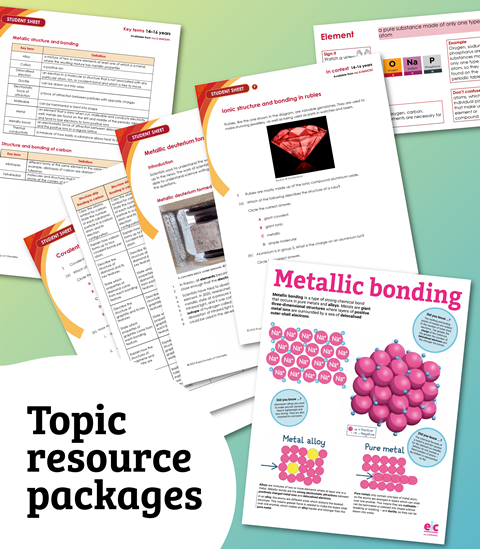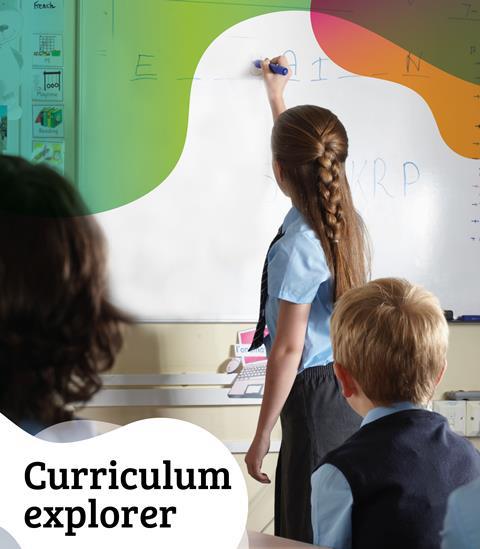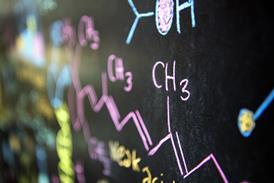All Structure and bonding articles
-
 Misconceptions
MisconceptionsChemical misconceptions II: Spot the bonding | 14–16 years
Use this set of diagrams where learners must identify what types of bonding are represented to develop understanding and tackle misconceptions
-
 News
NewsScientists create liquid carbon on Earth for the first time
Researchers reveal breakthrough information about carbon’s most mysterious form using an ultra-powerful laser
-
 Resource
ResourceChemical misconceptions II: Spot the bonding | 16–18 years
This activity explores learners knowledge of different bonding types through 18 diagrams
-
 Extension
ExtensionBonding models | Stretch and challenge | 14–16 years
Challenge learners to explore alternative models, using plasticine and cocktail sticks
-
 Misconceptions
MisconceptionsIonic bonding: true or false? | Chemical misconceptions II
Check your learners’ understanding of ionic bonding with this true or false worksheet
-
 Extension
ExtensionIonic bonding and electron transfer | Stretch and challenge | 14–16 years
Learners evaluate and discuss ideas about ionic bonding, the formation of ions and energetics
-
 Resource
ResourceDecision tree: what type of bonding? | 14–16 years
Use this decision tree to help your learners find answers to questions about structure and bonding by scaffolding their thinking
-
 Lesson plan
Lesson planMetallic bonding and the structure of iron | Lesson plan | 14–16 years
Explore how the bonding in iron relates to its physical properties and address common misconceptions using this lesson plan with activities
-
 Resource
ResourceMetallic bonding in electric cars | In context | 14–16
Put metallic structure and bonding into context and practise maths in science with questions about electric cars
-
 Resource
ResourceMetallic bonding | Knowledge check | 14–16
Assess learning on metallic bonding with worksheets at foundation and higher level
-
 Resource
ResourceIonic structure and bonding | Knowledge check | 14–16 years
Assess learning on ionic structure and bonding with higher and foundation worksheets
-
 Resource
ResourceIonic structure and bonding in rubies | In context | 14–16 years
Put ionic bonding into context with questions about rubies, their composition and dazzling properties
-
 Lesson plan
Lesson planBonding bingo: bonds and properties of substances | 14–16 years
Try this game and lesson plan to reinforce learners’ understanding of bonding and how it relates to the physical properties of substances
-
 Resource
ResourceStructure and bonding | Key terms support | 14–16
Language support pack for structure and bonding, with key terms list, accessible glossary, Frayer models and unscrambling definitions
-
 Resource
ResourceStructure and bonding | Structured talk | 14–16 years
In this speaking and listening task learners work together to build word bridges by applying, building and sharing understanding of bonding
-
 Resource
ResourceStructure and bonding | Reading comprehension | 14–16 years
Use this reading comprehension based on a real science research news story to develop literacy skills and confidence
-
 Resource
ResourceStructure and bonding of carbon | Knowledge check | 14–16
Assess learning on atomic structure with a higher and foundation worksheet
-
 Resource
ResourceStructure and bonding of carbon | In context | 14–16
Put carbon structure and bonding into context and practise maths in science with questions about graphene, Buckminsterfullerene, diamond
-
 Resource
ResourceCovalent structure and bonding | Knowledge check | 14–16
Assess learning on covalent structure and bonding with two levels of worksheet
-
 Resource
ResourceCovalent structure and bonding in our bodies | In context | 14–16
Put covalent bonding into context with questions about the human body, its composition and the nutrition needed to support human health











